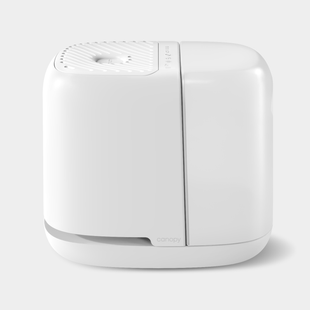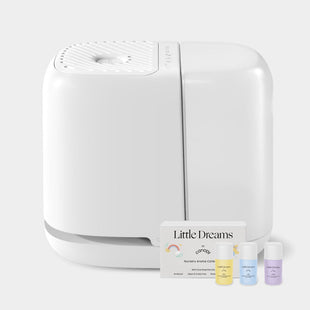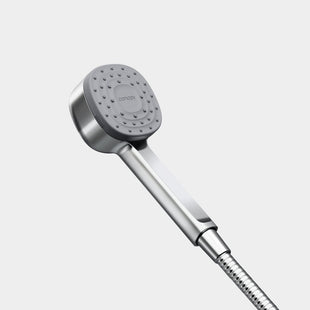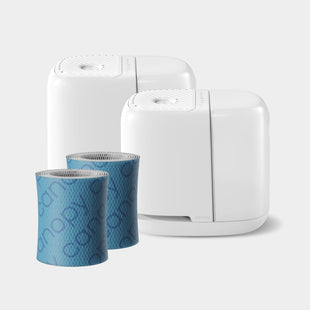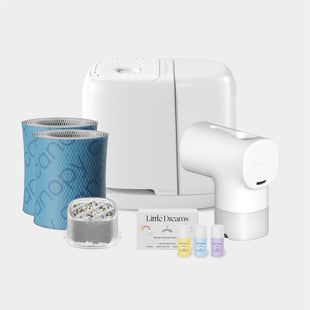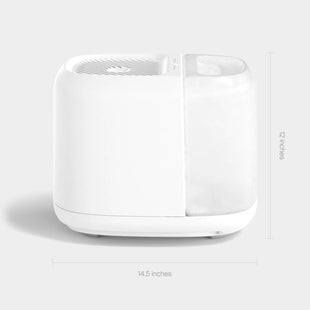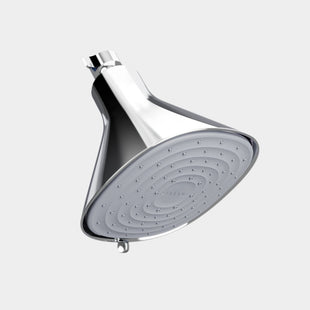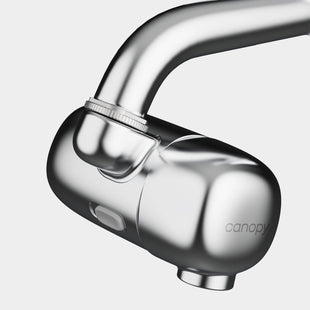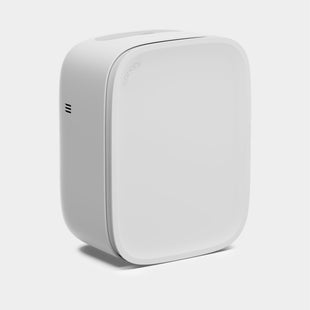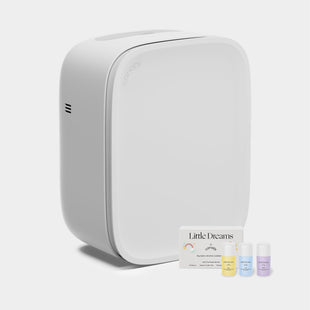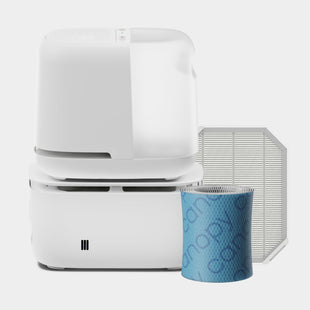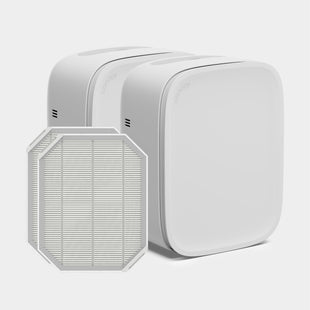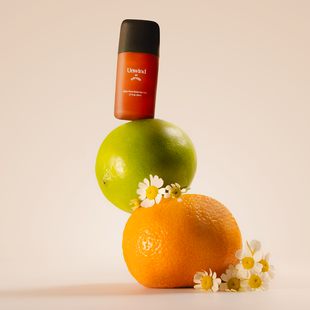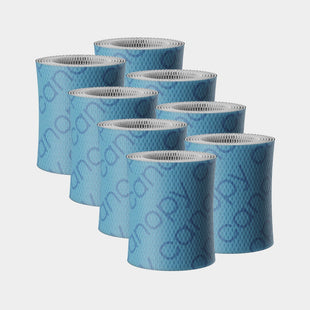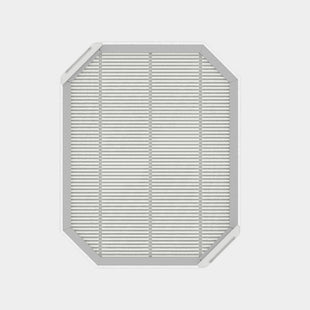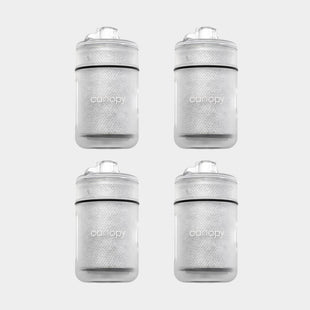If you haven’t read our sister blog “What is High Humidity?” we recommend starting there and then addressing the question: “What is Low Humidity?” High humidity is a more obvious concept to grasp. You can feel high humidity; you can feel the actual droplets of environmental moisture sitting on your skin on a hot, humid day.
To answer the question “What is low humidity?” and to communicate the effects of low humidity is a bigger task. Low humidity is low key; it sneaks up on you and wreaks havoc on your body, your health, your home, and even your houseplants.
What is considered low humidity? How do you measure humidity in your home to determine whether your space lacks sufficient moisture in order to thrive? We will answer these questions and more in this blog.
What is Humidity?
Humidity refers to the presence of water vapor in the air. 0% humidity means there is an absence of water vapor in the air. 100% humidity, on the other hand, means the air is completely saturated with water vapor and no additional water can enter the environment as a vapor, it must remain water.
There are three types of humidity: absolute humidity, relative humidity, and specific humidity. Each humidity type paints a different picture of humidity as it relates to the environment.
Absolute humidity refers to the total amount of water vapor present in the atmosphere regardless of temperature.
Relative humidity, on the other hand, refers to the total amount of water vapor in the atmosphere compared to the total amount of water vapor that can be held at a given temperature. This is an imperative measurement in meteorology because it communicates how the total amount of water vapor in the air feels. If the temperature is 78 degrees with 80% humidity, you may want to dress accordingly (and load up on hairspray).
Specific humidity refers to the total amount of water vapor suspended in the air. This is not a particularly important concept to understand when determining how to measure humidity levels in your home.
How to Measure Humidity in Your Home
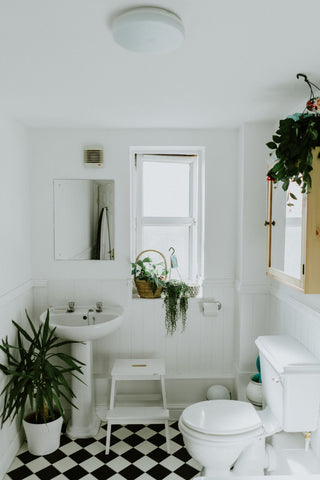
Whether you just welcomed a sweet baby angel into your home and want to evade the common bout of baby congestion from dry air, or you fear your home may be overcome with moisture causing potential for mold infestation. Understanding how to measure humidity in your home is the first step to improving your home conditions.
Relative humidity is the measurement you seek when measuring home humidity levels. The most effective tool for measuring relative humidity is a hygrometer. A hygrometer is a digital device that monitors both temperature and water vapor content to produce an accurate relative humidity reading. For more information on the mechanics behind hygrometer operation, you can read our blog: “What is a Hygrometer?”
Producing an accurate relative humidity reading is not quite as simple as placing a hygrometer randomly in your home and noting the device output. An accurate hygrometer reading relies heavily on placement.
Humidity levels can vastly differ from room to room depending on the type of room. Kitchens and bathrooms tend to have higher humidity levels as a result of both their frequency of use and the function of those rooms (i.e. showers, boiling water, dishes, etc.). Placing your hygrometer in one of these rooms would produce an inaccurate humidity reading. Additionally, placing a hygrometer near a window, close to a vent, or near a door can skew your humidity readings. Strong fluctuations in temperature will interfere with the hygrometer’s accuracy.
You can purchase a quality hygrometer at your local home improvement store, some home goods stores, or online.
What is Considered Low Humidity?
You now know the basic definition of humidity, the type of humidity you need to measure, and how to measure humidity in your home. Now, it is important that we address two topics: what is considered low humidity and what is the optimal home humidity level for maximum health and wellness benefits?
Low home humidity is a hygrometer reading below 40%. When humidity levels drop below 40% the body starts to release moisture into the environment, in a process called transepidermal water loss or “TEWL,” at an accelerated rate. This moisture loss leads to a variety of ailments including: nasal congestion, snoring, dry skin (and eczema flare-ups), dry scalp and brittle hair, increased asthma and allergy symptoms, weakened immune function, and more.
Dry home air does not only impact the body, however. Humidity levels below 40% can increase survival rate of airborne pathogens and bacteria, deplete moisture from houseplants, damage antique art and literature, damage wooden instruments and furniture, and it may even damage the wood foundations of your home. Low humidity can wreak absolute havoc on your body, your home, your things, and even your innocent houseplants.
Optimal home humidity levels range from 40% to 60% depending on personal preference and comfort level. Home humidity levels within this range will ensure a healthy, happy household. If home humidity levels frequently drop below 40% or you want to safeguard against low humidity during the fall and winter months, you may want to invest in a humidifier for home use.
What is a Humidifier?
A humidifier is a device that releases moisture, generally in the form of a mist, into the surrounding environment to elevate humidity levels.
There are two types of humidifiers: cool mist humidifiers and warm mist humidifiers or “vaporizers.” Humidifier function depends on the type of humidifier, each with its own set of benefits and drawbacks.
Cool mist humidifiers can be either ultrasonic or evaporative. Ultrasonic humidifiers release micro droplets of water into the air in the form of a mist; this mist is created by vibrating a metal diaphragm in the water tank at ultrasonic speed. Evaporative humidifiers, on the other hand, operate like a fan. Air is drawn into the device, passed through a saturated wick, and fanned back into the room as a mist.
Warm mist humidifiers, or vaporizers, produce water vapor by heating water to its boiling point. The vapor is released into the surrounding space slightly elevating room temperature in the process.
Canopy Humidifier

The Canopy Humidifier is a no mist humidifier with a mold-inhibiting* design inside the humidifier to minimize mess and maximize health benefits.
Canopy’s proprietary SPA™ technology features embedded lights that kill 99.9% of bacteria that can develop in the water tank. Any persistent bacteria is trapped by a disposable paper filter before pure, hydrated air is released into your space.
Canopy Humidifier can humidify a room up to 400 square feet with 36 hours of runtime and three fan speeds. Additionally, Canopy is incredibly easy to clean! Dishwasher safe components pop right into the wash on a normal cycle.
Enjoy the benefits of safe, healthy moisture!
*Mold inhibition limited to device interior. Does not treat air or environment. 3rd party lab-tested with Aspergillus niger (ATCC 6275, 16404).


